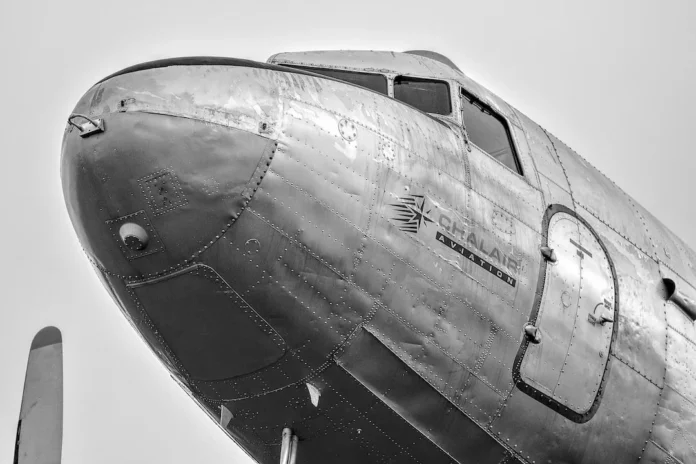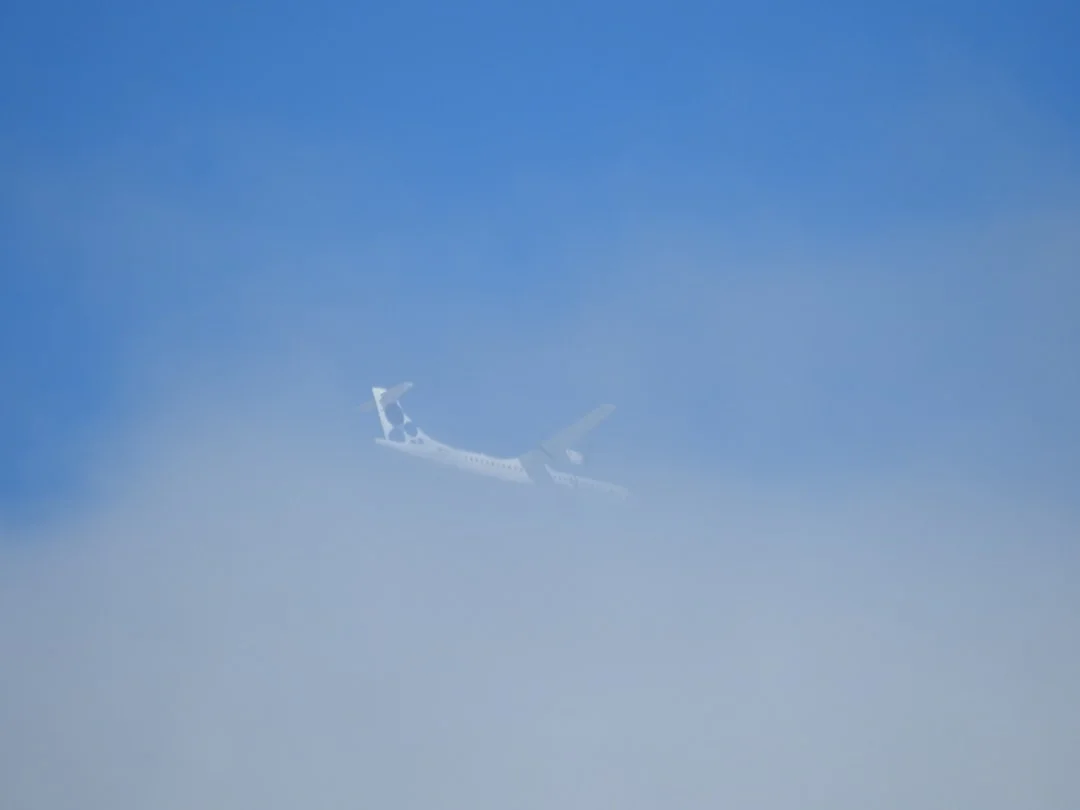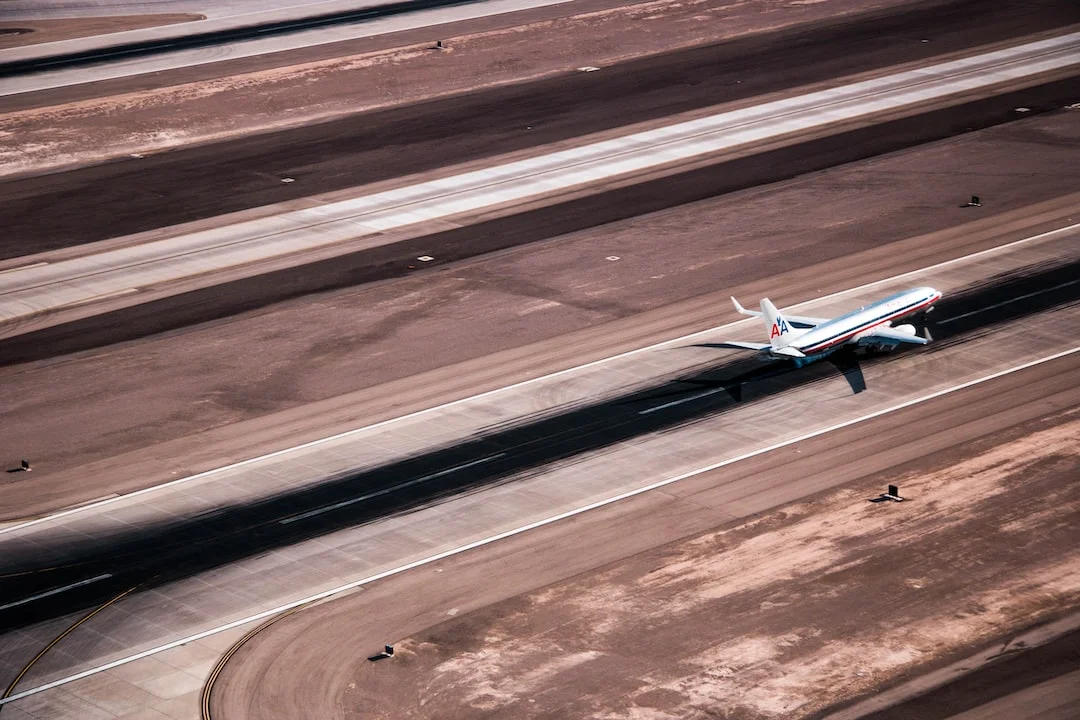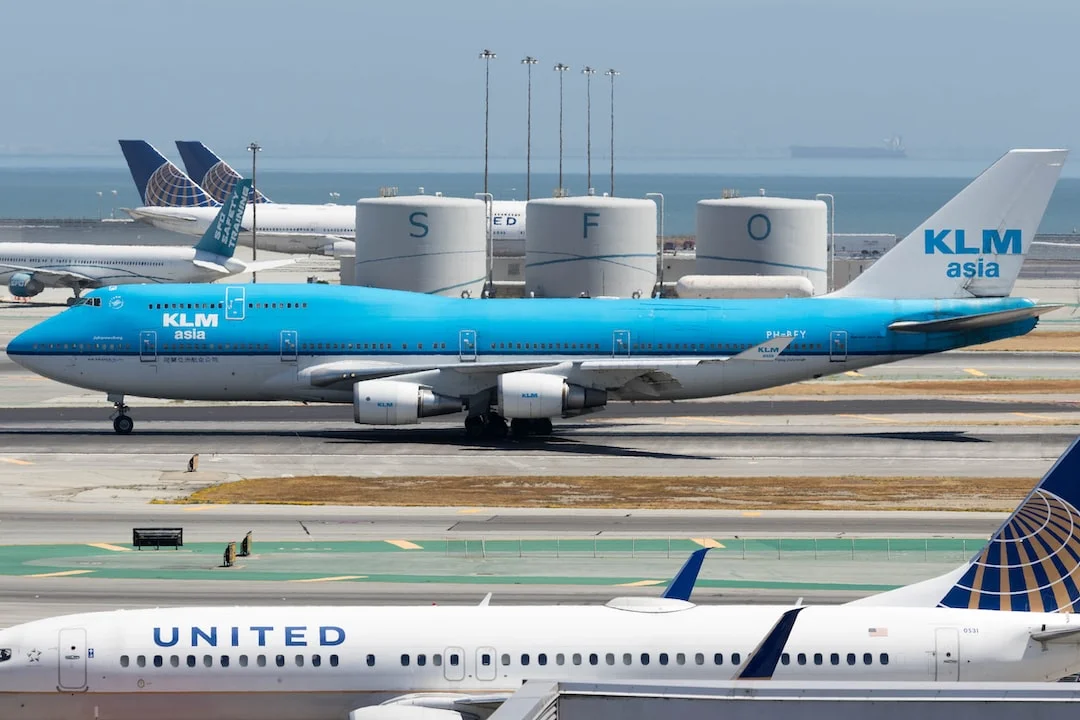The Maximum Endurance, abbreviated as MAX END, is a crucial concept in aviation that refers to the maximum amount of time an aircraft can remain airborne without refueling. In the case of the Airbus A320, this endurance plays a significant role in determining its operational capabilities and efficiency. Understanding the factors that affect this endurance, as well as the methods used to optimize it, is essential for pilots, airlines, and aviation enthusiasts alike.
In this article, we will delve into the details of the maximum endurance on the Airbus A320 and explore the key factors that influence it. We will also examine the measures taken to enhance endurance and the significance of this metric in the overall performance of the aircraft.
Contents
Factors Affecting Maximum Endurance
Several vital factors contribute to the maximum endurance of the Airbus A320. These factors include:
1. Fuel Efficiency
Fuel efficiency plays a crucial role in determining the maximum endurance of the Airbus A320. This involves optimizing the aircraft’s engines, aerodynamics, and weight to reduce fuel consumption and improve overall efficiency.
To enhance fuel efficiency, Airbus has incorporated several design features in the A320. These include advanced wingtip devices, such as sharklets, which minimize drag and increase lift, ultimately reducing fuel burn. The aircraft’s engines are also optimized for better fuel consumption, further contributing to increased endurance.
Additionally, airlines can implement operational measures, such as optimizing flight profiles and adopting fuel-saving techniques, to improve the fuel efficiency and endurance of their A320 fleet.
2. Payload and Weight
The payload and weight of an aircraft significantly impact its maximum endurance. The Airbus A320 has a maximum takeoff weight (MTOW) of approximately 77,000 kg (170,000 lbs) for the A320ceo (Current Engine Option) variant and 79,000 kg (174,000 lbs) for the A320neo (New Engine Option) variant.
By optimizing the payload and weight distribution, airlines can increase the endurance of the A320. This involves careful planning of passenger and cargo loads, as well as utilizing lightweight materials in the aircraft’s construction.
Furthermore, the weight of fuel carried also affects the endurance. By calculating and loading the optimal amount of fuel required for a specific flight, airlines can maximize the endurance of the A320 while avoiding unnecessary fuel consumption.
3. Environmental Conditions
The environmental conditions in which the Airbus A320 operates can have a significant impact on its maximum endurance. Factors such as wind speed, temperature, and altitude affect the aircraft’s performance and fuel consumption.
In cruise conditions, headwinds or tailwinds can influence the aircraft’s groundspeed and fuel efficiency. Pilots and airlines must consider these factors when planning flights to optimize endurance and fuel consumption.
Additionally, higher temperatures and altitudes can affect engine performance and efficiency. These factors must be taken into account during flight planning to ensure optimal fuel usage and endurance.
Enhancing Maximum Endurance
To maximize the endurance of the Airbus A320, airlines and pilots can employ various strategies and techniques. These include:
1. Efficient Routing and Flight Planning
Efficient routing and flight planning are essential for optimizing the endurance of the Airbus A320. Airlines can utilize advanced flight planning software and systems to calculate the most fuel-efficient routes and altitudes for their flights.
By considering factors such as weather conditions, jet streams, and airway constraints, airlines can reduce flight time and fuel consumption, ultimately enhancing the maximum endurance of the A320.
2. Continuous Monitoring and Optimization
Continuous monitoring and optimization of the aircraft’s performance during flight are crucial for maximizing endurance. This involves monitoring fuel consumption, engine parameters, and flight data to identify areas for improvement.
By analyzing this data, airlines can implement operational changes and improvements to reduce fuel burn and increase endurance. These changes may include adjusting the flight profile, optimizing thrust settings, or incorporating new technologies for enhanced efficiency.
3. Pilot Training and Awareness
Proper pilot training and awareness play a vital role in optimizing the Airbus A320’s endurance. Pilots must be well-versed in fuel-efficient flying techniques and aware of the factors that affect endurance.
Airlines can provide comprehensive training programs that focus on fuel-saving procedures, engine management, and efficient flight planning. By empowering pilots with the necessary knowledge and skills, airlines can significantly enhance the maximum endurance of their A320 fleet.
Significance of Maximum Endurance
The maximum endurance of the Airbus A320 holds significant importance in the field of aviation. It directly impacts the operational capabilities, profitability, and environmental footprint of airlines operating this popular aircraft.
A higher maximum endurance allows airlines to operate longer flights without refueling, thereby expanding their route networks and offering more efficient services to passengers. It also enables airlines to optimize their flight schedules, reduce layovers, and enhance overall customer satisfaction.
Moreover, increased endurance translates into higher fuel efficiency, resulting in reduced fuel consumption and emissions. This aligns with the aviation industry’s commitment to sustainable and environmentally friendly practices.
In conclusion, the maximum endurance of the Airbus A320 is a critical performance metric that affects its operational capabilities and efficiency. Factors such as fuel efficiency, payload and weight, and environmental conditions significantly influence this endurance. By implementing strategies such as efficient routing, continuous monitoring, and pilot training, airlines can optimize the endurance of their A320 fleet and reap the benefits of extended flight operations and improved fuel efficiency.
References:
1. Airbus. “A320 Family.” Airbus. https://www.airbus.com/aircraft/passenger-aircraft/a320-family.html
For More: What is BNR on Airbus A320? (Binary)




